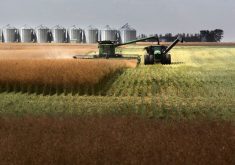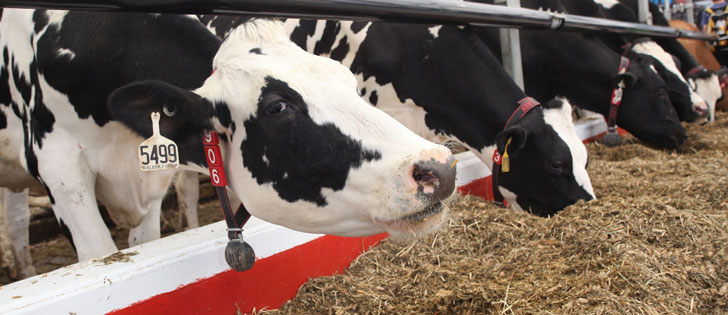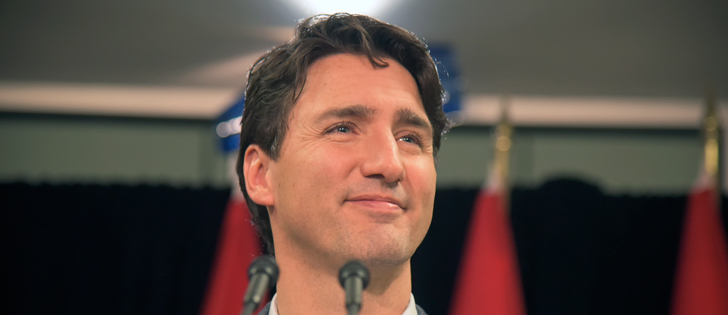A year ago, in an attempt to outsource the first column of 2018, written to meet a pre-Christmas deadline, I turned to computer algorithms for insight. The results were poetic, but largely indecipherable. The point then was that as much as technology can provide benefits, it still takes human knowledge to make sense of the data.
That idea still holds true to some extent, as evidenced by this snippet of computer-generated market commentary one algorithm spit out based off every weekly column from the past year:
“Major wheat moved background into the ground, prices.
Read Also

Farming Smarter receives financial boost from Alberta government for potato research
Farming Smarter near Lethbridge got a boost to its research equipment, thanks to the Alberta government’s increase in funding for research associations.
“Factored all productions and the months while news and drift lower.”
Canada did legalize marijuana during the year, but even mind-altering drugs won’t help bring any sense to those words. However, as chaotic as algorithmic attempts at writing can be, one takeaway from 2018 may be that humans still hold the crown on chaos.
The fundamental and technical aspects of the grain and oilseed markets have long interplayed with each other with typical trends and patterns that can be analyzed from well-established angles. From a fundamental standpoint, tightening supplies and solid demand typically lead to higher prices. Good weather is bearish; bad weather is bullish.
On the technical side, rising prices bring in speculative buying. That speculative buying can build on itself until it gets to be too much, “chart-points” are hit and the signals cause those technical traders to sell and book profits. There are numerous schools of technical analysis to follow, with many indicators often pointing in conflicting directions.
None of that is an exact science, but there are patterns that repeat themselves more often than not. However, that balance was thrown off in 2018.
Canola supplies heading into 2019 are a bit tighter than they were heading into 2018, which should be a supportive influence.
The Canadian dollar weakened over the course of the year to trade at its lowest levels in 18 months by December. That’s another supportive influence on canola, and the currency markets should remain an important factor to keep an eye on in 2019.
In the United States, big soybean and corn crops are overhanging the market, with expectations for large South American crops to further weigh on values. Weather issues in Brazil and Argentina could provide some short-term pricing indications, until attention inevitably returns to spring seeding ideas in the U.S.
However, much more important from a pricing standpoint will be trade; especially trade with China.
That’s where the human element of chaos really comes in.
Back in March of 2018, U.S. President Donald Trump tweeted that “trade wars are good, and easy to win.”
That statement may very well prove to be his “George W. Bush standing in front of a Mission Accomplished banner” moment, although the sheer volume of presidential tweets leave plenty of other options.
Trade disputes developed on numerous fronts in 2018 and led to general upheaval and uncertainty in commodity markets. Canada has found itself in the middle of the China-U.S. row, while the newly negotiated North American Free Trade Agreement is also still far from a done deal.
The underlying factors that typically move prices will continue to lead to ebbs and flows in the futures and cash markets, but the whims of the U.S. tweeter-in-chief are a major wild card in the mix.
With grain prices just a fake-news-sad-witch-hunt away from swinging one way or the other for little other reason, the age-old advice of hedging bets and booking profits when they present themselves should be good advice to follow in 2019.


















